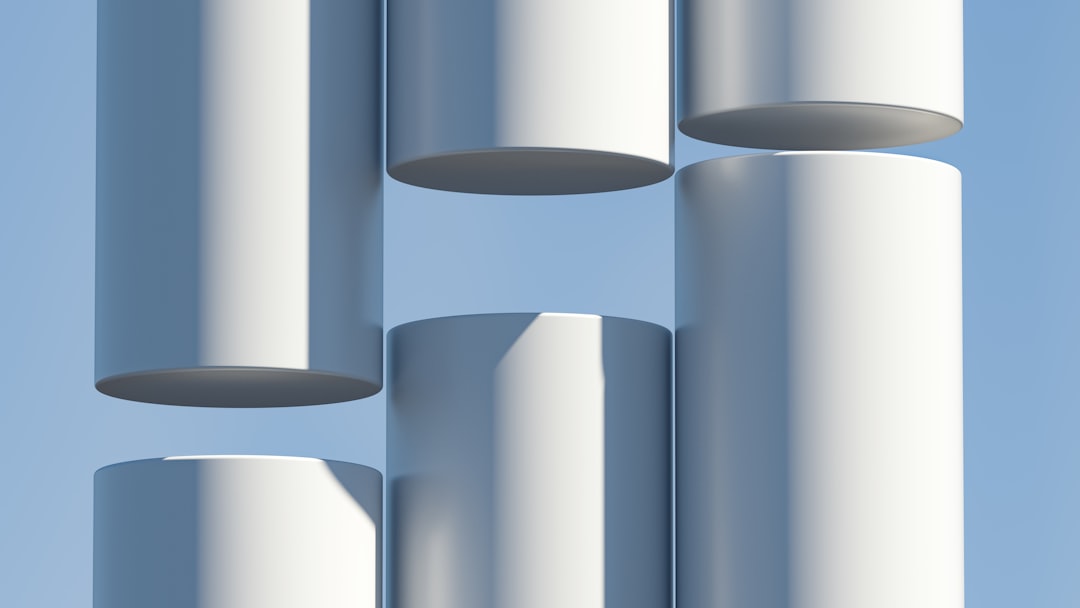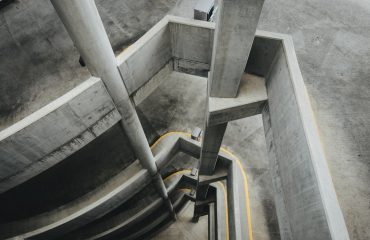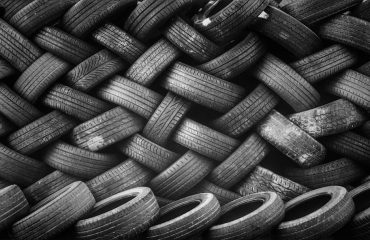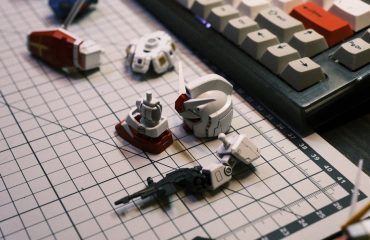Universal Parallel Flange (UPN) steel sections are ubiquitous in structural engineering projects, offering a versatile and economical solution for a wide range of applications. Understanding their properties and applications is crucial for engineers aiming to design safe, efficient, and cost-effective structures. This comprehensive guide delves into the intricacies of UPN profiles, providing valuable insights for both experienced professionals and aspiring engineers.
Understanding UPN Profile Geometry and Properties
UPN profiles, also known as parallel flange channels, are characterized by their parallel flanges and a central web. This distinctive shape provides excellent bending strength and stiffness, making them ideal for various structural elements. Key geometric properties include the overall depth, flange width, web thickness, and flange thickness. These dimensions directly influence the section’s moment of inertia (I), section modulus (Z), and radius of gyration (r), which are critical parameters in structural calculations. Accurate determination of these properties, often obtained from manufacturer’s datasheets or engineering handbooks, is essential for precise structural analysis and design. Different UPN sizes offer a wide range of strength and stiffness capabilities, allowing engineers to select the optimal profile for specific loading conditions and design requirements. The material properties, typically mild steel, also play a significant role, influencing the yield strength, ultimate tensile strength, and modulus of elasticity.
Applications of UPN Profiles in Structural Design
The versatility of UPN profiles makes them suitable for a wide array of structural applications. Common uses include:
- Beams and Girders: UPNs are frequently employed as beams in various structures, supporting loads such as floors, roofs, and walkways. Their parallel flanges provide stability and efficient load transfer.
- Columns and Supports: While not as commonly used as other sections for primary columns, UPN profiles can serve as supporting columns in lighter structures or as secondary supports within larger frameworks.
- Bracing and Lateral Support: Their shape lends itself well to bracing systems, enhancing the stability of structures against lateral loads and preventing buckling.
- Lintels and Headers: In masonry structures, UPN sections are often used as lintels to support brickwork above openings, providing the necessary strength and stability.
- Industrial Structures: UPN profiles find extensive use in industrial buildings, workshops, and factories where their strength and durability are essential.
Design Considerations for UPN Profiles
Designing with UPN profiles requires careful consideration of several factors. Accurate load calculations are paramount, taking into account dead loads (self-weight of the structure), live loads (occupancy loads, snow loads, wind loads), and any other relevant forces. Appropriate safety factors must be applied to account for uncertainties in material properties and loading conditions. Furthermore, the design should address potential issues such as:
- Buckling: Slender UPN sections are susceptible to buckling under compressive loads. Appropriate checks must be conducted to ensure the stability of the member.
- Shear Stress: The web of the UPN profile must be able to withstand shear forces without excessive deformation or failure.
- Deflection: Excessive deflection can affect the functionality and aesthetics of a structure. Design should limit deflection to acceptable levels.
- Connections: Proper design and detailing of connections are crucial for transferring loads effectively and ensuring the overall structural integrity. Welding, bolting, and other connection methods should be carefully chosen and executed.
- Corrosion Protection: Steel sections are prone to corrosion. Appropriate measures, such as galvanizing or painting, should be implemented to protect the UPN profiles from environmental degradation.
Comparing UPN Profiles with Other Steel Sections
UPN profiles are just one type of steel section available to structural engineers. They are often compared with other profiles like I-beams (H-beams), channels (C-sections), and angles (L-sections). Each section type has its own strengths and weaknesses, making certain profiles more suitable for specific applications. For instance, I-beams generally offer superior bending strength and stiffness compared to UPNs of similar weight, but they might be more costly. Channels (C-sections) are similar to UPNs but lack the parallel flanges, affecting their bending performance. Angles (L-sections) are commonly used for bracing and connections. The selection of the optimal section depends on a comprehensive analysis considering factors like load capacity, cost-effectiveness, availability, and design constraints.
Software and Resources for UPN Profile Design
Modern structural engineering relies heavily on software tools for analysis and design. Numerous software packages, such as AutoCAD, Revit, Robot Structural Analysis, and SAP2000, provide capabilities for modeling, analyzing, and designing structures incorporating UPN profiles. These programs can automate many calculations, facilitating efficient design and optimization. Furthermore, online resources and manufacturer’s datasheets offer valuable information regarding UPN profile properties, dimensions, and material characteristics. Access to these resources is essential for accurate and reliable structural design. It’s crucial to use reputable sources and ensure the data used is consistent with relevant building codes and standards.
In conclusion, UPN profiles are a valuable asset in the structural engineer’s toolbox. Understanding their properties, applications, design considerations, and limitations is crucial for creating safe, efficient, and cost-effective structures. By leveraging available software and resources, engineers can effectively utilize UPN profiles in a wide range of structural applications.




